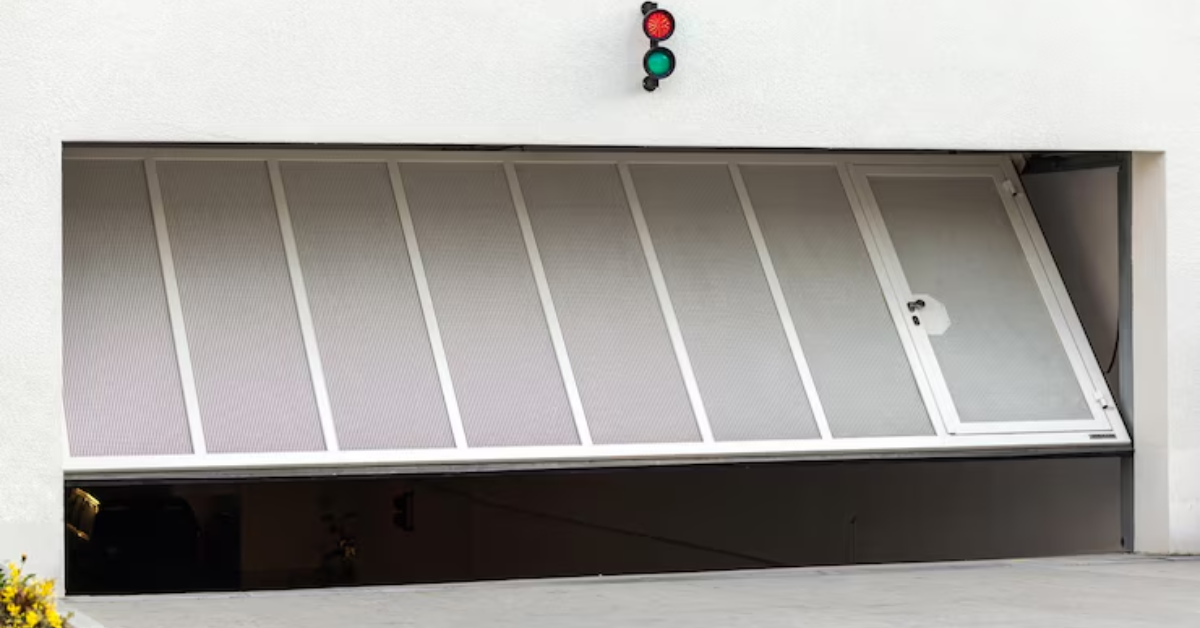What to Do If Your Electric Garage Door Won’t Open?
An electric garage door is one of the most convenient features of a modern home—until it suddenly stops working. If your electric garage door won’t open, it can be a major inconvenience, especially if your car is stuck inside or you’re trying to get in after a long day. Before calling a professional, there are several things you can check and try on your own. This article will guide you through the most common issues and solutions for an electric garage door that won’t open, written in simple terms and optimized with high-search-volume keywords to help you find what you need fast.
Check the Power Supply First
One of the most common and overlooked reasons an electric garage door won’t open is a power issue. Begin by making sure that the garage door opener is plugged in properly. Sometimes plugs get loose or accidentally unplugged. Next, check your home’s circuit breaker or fuse box. If the breaker has tripped or the fuse is blown, reset or replace it. Many homeowners are surprised to learn their opener was without power all along.
Examine the Remote Control and Wall Switch
If your electric garage door won’t open with the remote, try using the wall switch inside your garage. If the wall switch works but the remote doesn’t, the problem is likely with the remote—often just a dead battery. Replace the battery and test it again. If the remote still doesn't respond, try reprogramming it according to your garage door opener’s manual. Also, make sure you are within range when using the remote and that nothing is blocking the signal.
Look for Physical Obstructions
Garage doors run on metal tracks that must be clear for smooth operation. Sometimes debris, dirt, or even small objects like tools or rocks can block the tracks, preventing the door from moving. Check both sides of the track and remove anything that could be in the way. Also, ensure the tracks are not bent or misaligned, as that could restrict the door's movement and stop it from opening.
Inspect the Safety Sensors
Modern electric garage doors are equipped with safety sensors near the bottom of the frame. These sensors prevent the door from closing when something is in its path—but they can also stop the door from opening if misaligned or blocked. Make sure nothing is obstructing the sensors. Clean the sensor lenses with a soft, dry cloth and ensure both sensors are pointed directly at each other. If the sensors are blinking or the indicator lights are off, that usually means they need to be realigned or repaired.
Check the Garage Door Springs
If your garage door won’t open and you hear the motor running, the issue might be with the springs. Electric garage doors rely on either torsion or extension springs to assist in lifting the heavy door. If a spring is broken, the door may become too heavy for the opener to lift. You might even hear a loud bang when the spring breaks. Because garage door springs are under extreme tension, they can be very dangerous to repair yourself. If you suspect a broken spring, it's best to contact a professional for help.
Try the Manual Release
When your garage door opener fails, you can still open the door manually. Look for the red emergency release cord hanging from the opener rail. Pulling this cord will disconnect the door from the motor, allowing you to lift it by hand. Keep in mind, however, that if the springs are broken or damaged, the door might be extremely heavy. Use caution and never attempt to lift it alone if it feels unsafe.
Listen for Unusual Sounds
Strange noises like grinding, humming, or clicking when you press the opener can be signs of a more serious mechanical problem. These sounds may indicate that the opener's motor is running but not engaging properly with the door. This could be due to a stripped gear, broken chain, or malfunctioning drive system. If you hear any of these noises, it's a good idea to schedule an inspection with a certified technician.
Consider the Age of Your Opener
Garage door openers usually last 10 to 15 years with proper maintenance. If your opener is nearing or past this age, it might simply be time for a replacement. Older models may also lack modern safety features and energy efficiency. Upgrading to a newer, quieter, and more reliable model can save you future headaches and improve your home’s security.
When to Call a Professional
While many garage door issues can be resolved with basic troubleshooting, some problems require professional attention. Electrical faults, broken springs, and damaged motors are not DIY-friendly repairs. If you’ve tried all the steps above and your garage door still won’t open, don’t hesitate to call a licensed garage door repair technician. A trained professional can diagnose the problem quickly and safely, saving you time and potential injury.
Final Thoughts
When your electric garage door won’t open, don’t panic. Start by checking the simplest issues like power supply, remote batteries, and sensor alignment. Many problems have easy fixes you can handle yourself. However, if the issue is more serious—like broken springs or mechanical failure—professional repair is the safest route. Regular maintenance, such as cleaning tracks and testing your opener system, can also help prevent future issues. With these steps, you’ll be better prepared to handle a stuck garage door and get back to your day with minimal delay.




